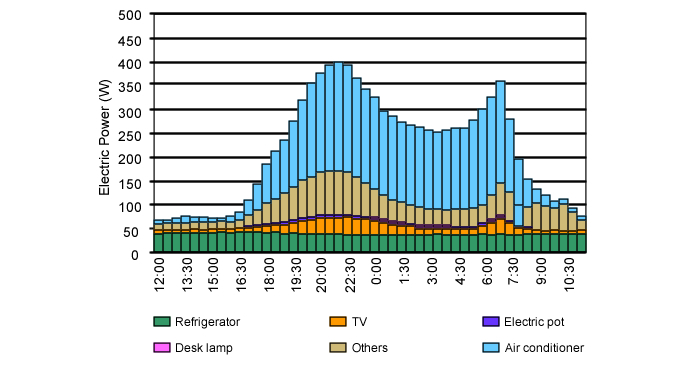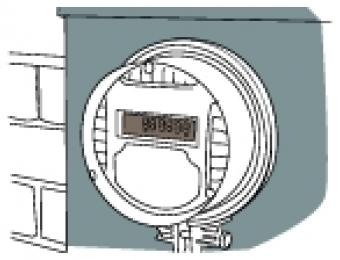When it gets hot, these days everyone goes inside and cranks up their airconditioners. While this helps to keep us all comfortable, it also places a big stress (or 'demand') on the power grid. Demand is measured in watts, kilowatts and megawatts (not in kilowatt-hours). It’s the instantaneous demand that can stress the electricity network - even to breaking point. Often when rolling blackouts occur, it's the result of a big increase in electrical demand.
There are certain demand management measures in place to help prevent this though, including things like demand response and load shedding.
Demand management is basically about averaging out the demand, so that nothing is excessively stressed. A by-product, and a very useful one - some might argue an essential one - is the ability to accommodate an increase in energy consumption without having to increase in investment in generation, transmission and distribution.

Dealing with blackouts: what is load shedding?
Rolling blackouts are the result of load shedding. Load shedding refers to the way that the electrical grid is designed to 'shed' some of the electrical load if the demand becomes too great, by shutting off power to particular geographical areas. In doing so, only certain parts of the grid are shut off as needed, in order to prevent damage to the entire electrical system.
So when a block or a suburb has no power and the lights are on over the road, it's the result of load shedding.
What is demand response?
Demand response refers to the ability of certain appliances to be automatically controlled or limited by signals sent from your power supplier to your smart meter. A good example is the demand response capabilities being built into some modern air conditioners. The name being used for this technology is 'PeakSmart'.
Imagine it's getting hot, and everyone's turning their air conditioners on. Within half an hour, the demand on the electricity grid has soared, so a signal is sent out to your smart meter which tells it to turn your PeakSmart-capable air conditioner down to half-capacity, in order to reduce the demand and help prevent blackouts. This technology is yet to be widely implemented, but it will eventually help to prevent outages, and to ensure that everyone can still use their airconditioners when they're needed most.
The PeakSmart technology is already available in airconditioners from a variety of manufacturers, but at the time of writing it's only being used in Queensland - where significant financial rewards are available for those who install a PeakSmart airconditioner.
Demand management is seen as one of the most important development in the future of electrical grid technologies.

